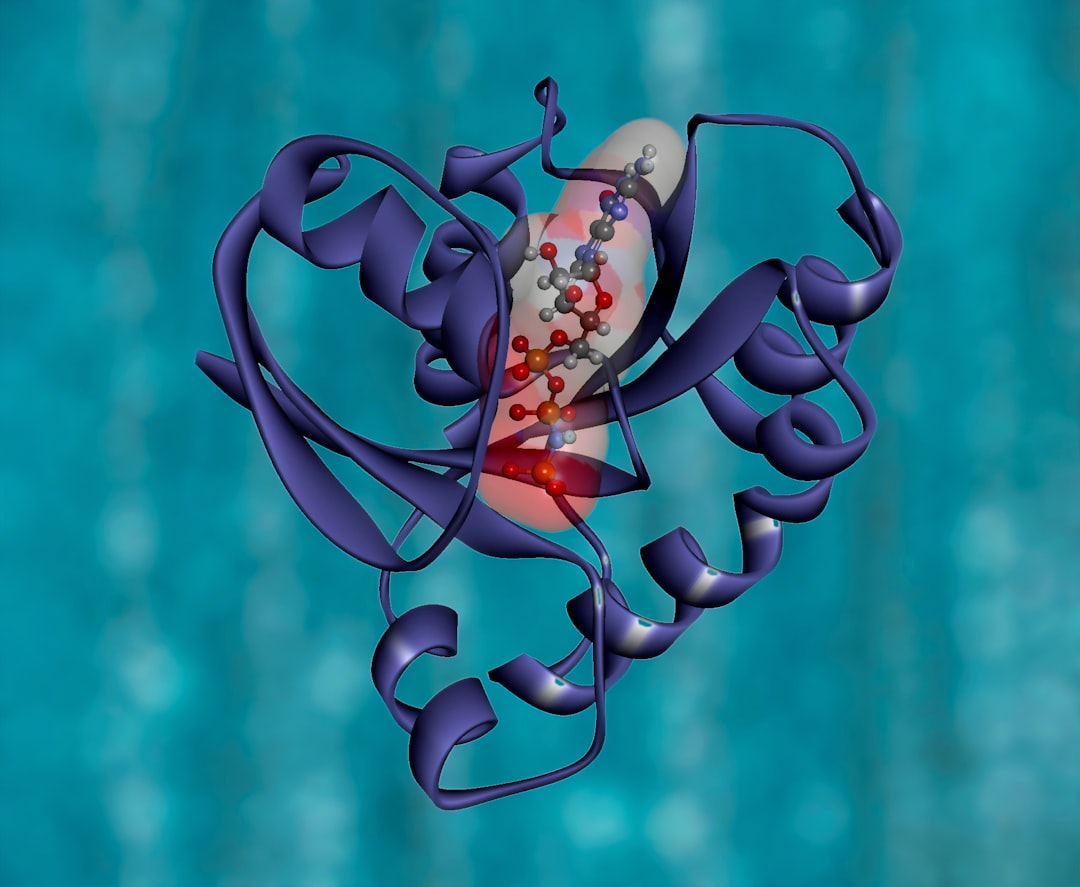What is it about?
BACKGROUND: Platelets stored at 22°C accumulate microparticles and biological response modifiers (BRMs) that induce inflammatory reactions in transfusion recipients. However, soluble BRMs are fully diluted in the recipient’s blood circulation. The mechanisms by which BRMs exert their effects have not been elucidated. The objectives of this study were to determine the effect of platelet microparticles (PMPs) on polymorphonuclear leukocyte (PMN)-mediated human pulmonary microvascular endothelial cells (HMVEC) damage and determine the role of soluble CD40 ligand (sCD40L). STUDY DESIGN AND METHODS: PMPs were isolated from apheresis platelet concentrates. We used a two-insult in vitro model of HMVEC damage to investigate the effects of PMP and sCD40L and role of apocynin, an inhibitor of PMN respiratory burst. Their priming activities were measured using hydrogen peroxide production. The expression of intercellular cell adhesion molecule-1 (ICAM-1) and integrin αM (CD11b) were also determined. RESULTS: Lipopolysaccharide (LPS)-activated HMVEC damage and PMN respiratory burst depend on the presence of PMP and the concentration of sCD40L. PMP-induced PMN-mediated HMVEC damage was significantly reduced by apocynin-treated PMNs (P<0.05). The surface expression of ICAM-1 on HMVEC was increased by LPS stimulation. The expression of CD11b on PMNs was increased by PMP priming. Blocking ICAM-1 with a monoclonal antibody CD54 significantly reduced HMVEC damage (P<0.05). The treatment of endothelial cells but not PMN with a monoclonal antibody targeting CD40 failed to prevent the HMVEC damage caused by PMPs (P>0.05). CONCLUSION: PMP carry concentrated CD40L signal, promote PMN-mediated HMVEC damage, and may affect the development of transfusion-related acute lung injury (TRALI).
Featured Image
Why is it important?
Investigate the mechnism of TRALI in vitro.
Read the Original
This page is a summary of: Platelet-derived microparticles induce polymorphonuclear leukocyte-mediated damage of human pulmonary microvascular endothelial cells, Transfusion, January 2015, Wiley,
DOI: 10.1111/trf.12952.
You can read the full text:
Contributors
The following have contributed to this page










